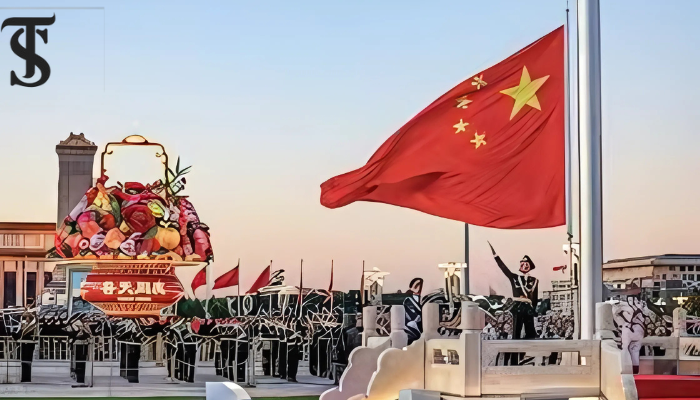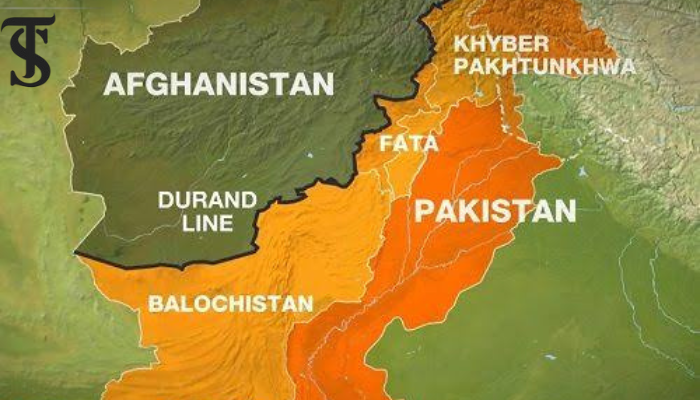Understanding the Governance System of China

- Economic Decentralization and Innovation: China's political culture balances centralized governance with decentralized economic power, fostering innovation, technological advancements, and long-term planning, as seen in initiatives like the Belt and Road.
- Global Influence and Leadership: China's meritocratic governance system and economic strategies, such as de-dollarization and partnerships through BRICS, have bolstered its global economic and political influence.
- Challenges of Accountability and Responsiveness: Despite its successes, China's centralized political system faces issues like corruption, lack of transparency, and inefficiencies in addressing local needs due to limited downward accountability.
China’s rapid rise as a global superpower has increased interest in its enigmatic political culture. Its robust economy has rapidly shaped the global agenda despite being ruled as a one-party authoritarian system. Strongly influenced by socialism, capitalism, Confucianism, and pragmatism, the governance system of China, as Barry Naughton puts it, represents a “complex interplay between different levels of government and social groups.” Understanding the intricacies of this political system is essential to navigating the country’s transformative landscape. Delving into the core values, operational dynamics, strengths, and weaknesses of its political culture can provide a more nuanced exploration of this system.
According to Bardhan, at the core of China’s multifaceted governance system is a unique blend of political centralization and decentralization of economic power, contributing to its rapid growth and rising global influence. China has emerged as an economic powerhouse that rivals the United States in many ways. China’s financial and political leverage has significantly influenced the Taiwanese semiconductor industry, which is expected to reach $37.70bn in 2025. Similarly, China’s de-dollarization and the initiative by the BRICS countries to reduce dependence on dollars also strengthens its position in the global economy, boosting China’s yuan and reducing the reliance of China and other developing countries on the US. According to the Institute for Security & Development Policy, this will reduce the effectiveness of US sanctions, allowing China to pursue its geopolitical interests more confidently. Moreover, this has led to the emergence of China as the largest stable trade partner for the EU. Its growing economic and political influence also facilitates the Belt and Road Initiative, which promotes connectivity across Eurasia.
The governance system of China has enabled the country to achieve remarkable economic growth and global influence. Its enhanced global leadership is evident from its leading role in various international summits, such as the Shanghai Cooperation Organization (SCO) and the BRICS summit. China’s annual GDP has also consistently ranked among the world’s highest, with a nominal GDP of $18.28 trillion in 2024.
Unlike most countries under authoritarian rule, China’s governance system is based on meritocracy. Officials are not merely selected and promoted based on their performance and competency, but their promotions are also determined on the basis of how well they are contributing to the economy . Bell astutely points out how China’s meritocratic system has enabled it to tackle complex policy challenges by mobilizing talent nationwide. China has successfully invested in large-scale infrastructural projects like the Belt and Road Initiative, only because of a political culture allowing long-term decision-making. While the decisions made by their leaders haven’t yielded any immediate benefits, they have been prosperous in their long-term development. Consequently, China’s decentralization of economic power has driven innovation and technological advancement. Local governments are incentivized to experiment with different policies and attract investment.
While the governance system of China has accelerated its growth and innovation in the global market, there are also specific weaknesses. The eradication of corrupt individuals and practices has played a key role in China’s economic surge and power. Still, a lot can be done to make the Chinese governance system more transparent and effective, but the feat it has already achieved is commendable.
“Heaven is high, and the emperor is far away.” The ancient Chinese proverb 天高皇帝远, Tiān gāo, huángdì yuan, astutely highlights the intersection of centralized power, local autonomy, and informal politics in the political culture of China. Centralized control has limitations, and local officials have historically enjoyed significant independence, promoting a decentralized control of power. Regardless, China’s Communist Party maintains a firm grip on power, which has led to limited regional autonomy and hinders the country’s ability to respond swiftly to changing circumstances.
By striking a balance between centralized control and decentralization of power, China can harness its true potential and create a more robust and resilient political and economic system while leading as a global superpower in all spheres. While considering the governance system of China, it is essential to believe that it is not static; it is constantly evolving and changing according to the needs and aspirations of its people. However, its leadership to reform and maintain stability and its emphasis on long-term planning and economic decentralization is a testament to its determination to achieve an even greater ascent.

Zaeema Khushbakht
The author, a graduate of literature and mass communication from Forman Christian College University, Lahore, is a literary critic and nonfiction writer passionate about unraveling the complexities of human expression. Her interests also extend to international relations, cultural studies, and the dynamics of power politics.





